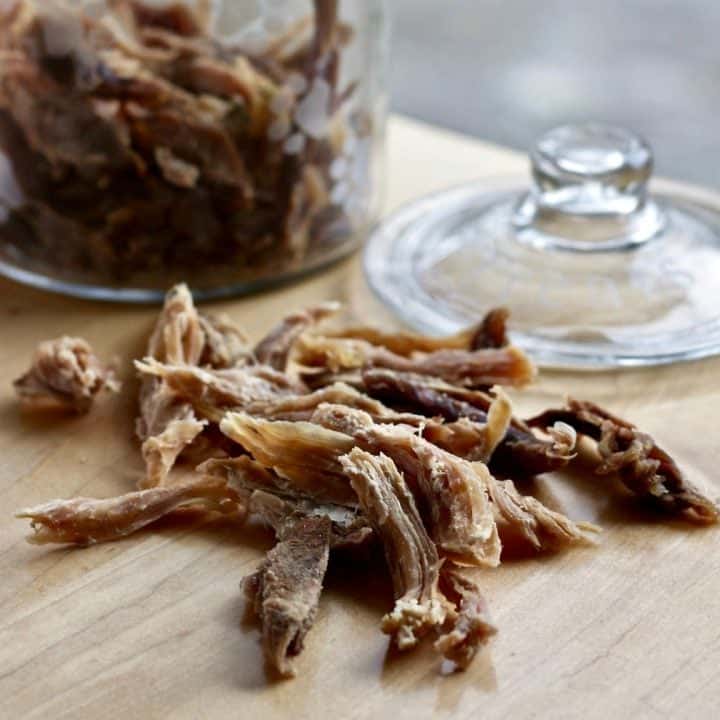If you were in a class and the teacher offered you one hundred dollars for every correct answer, you would certainly be more eager to learn and offer the right response. Similarly, treats are a way for us to reward our dogs which helps us to develop a learning-language quickly and effectively. When you reward your dog for doing something, you reinforce that behavior.
Reinforcing a Behavior
Your dog likely will offer that behavior again in the future if you use some positive reinforcement. By working in this way, your dog learns which behaviors result in rewards and which behaviors do not. This encourages the dog to offer the actions you want such as “sit” and “down” versus the things you don’t want like barking and jumping. Treats are also extremely useful when teaching your dog cues because they give you a hands-free way of guiding them.
High Value Treats = Excitement and Engagement

The scale starts with kibble, something that the dog is used to and that they get routinely. The top of the scale are very high value treats such as freeze-dried treats or cooked meat.
How to implement the low to high-value scale when training

When you are first teaching your dog new behaviors (or when working around distractions), it is important to use higher value treats that you can easily break apart. If you can give your dog treats the size of a grain of rice for each repetition, you will be able to get in a lot of practice without having to worry about filling them up too quickly. You can also use treats to make “magic kibble” by mashing some treats up and then rubbing the kibble in the treats. Novelty and variety are incredibly helpful when training so be sure to switch up your treats often (you can also try some of our homemade treat recipes!)
My favorite (and my dog’s favorite) treats to use for dog training are beef, chicken, or cheese flavored. They are easy to break apart and keep the dogs focused and motivated. After working with hundreds of dogs, I can tell you that “cookie” style treats are not that exciting for most dogs. Cookies are often used by handlers because they aren’t messy and they don’t have a strong scent. In reality, most dogs prefer meat, poultry or fish-flavored treats. Play around with a variety of flavors.














Conversation